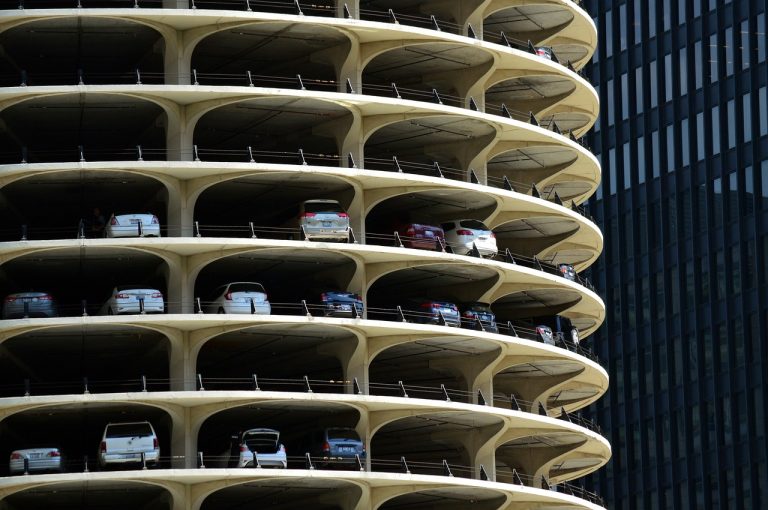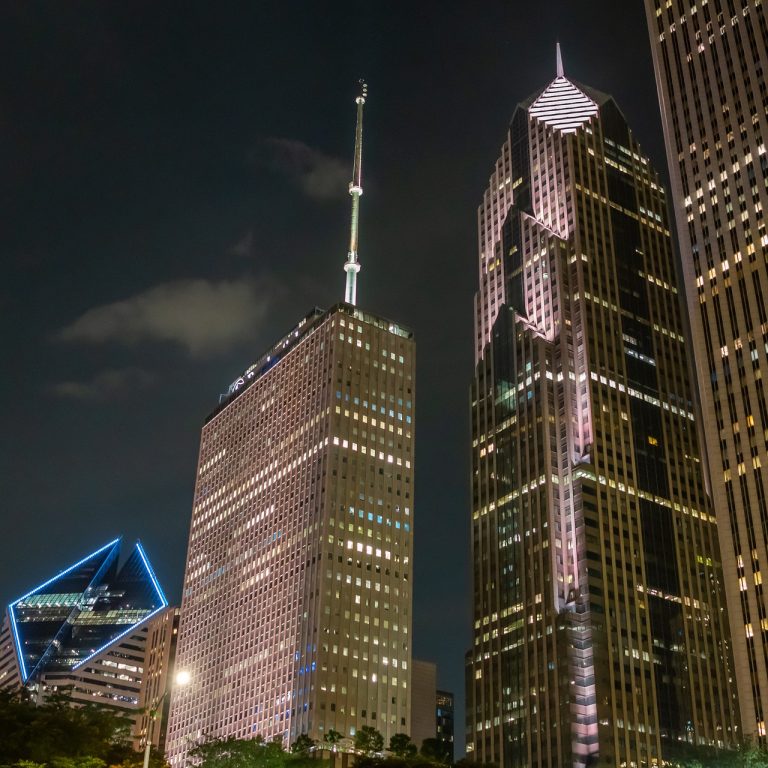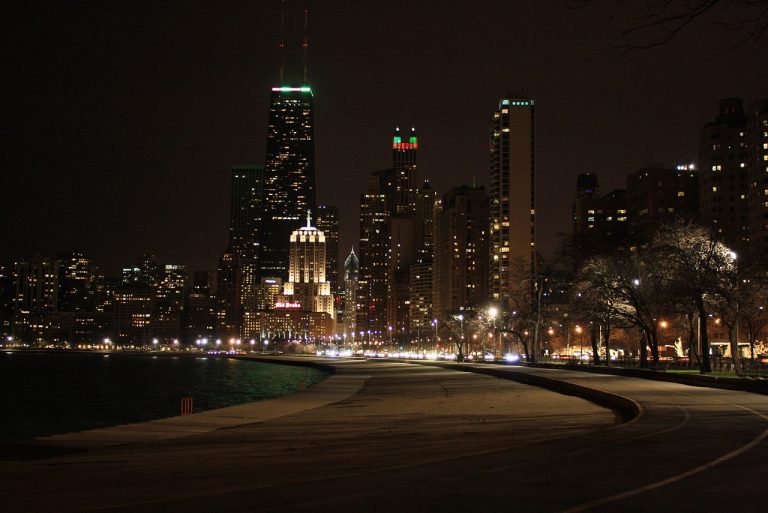Chicago Illinois Video
Architectural Wonders: Iconic Buildings in Chicago, Illinois
Chicago, Illinois is renowned for its stunning architecture that showcases a blend of historical and modern designs. From towering skyscrapers to cultural landmarks, the city boasts a rich architectural heritage. This article explores some of the most iconic buildings in Chicago that have shaped the city’s skyline and left a lasting impression on visitors and locals alike.
The Willis Tower (Formerly Sears Tower)
- Height: 1,450 feet
- Completed: 1973
- Architect: Bruce Graham and Fazlur Rahman Khan
The Willis Tower, formerly known as the Sears Tower, is an architectural marvel that held the title of the tallest building in the world for 25 years. This iconic skyscraper features a unique structural design with its bundled tube construction, allowing for maximum stability and strength. Visitors can enjoy breathtaking views of Chicago’s skyline from the Skydeck on the 103rd floor.
Millennium Park
- Size: 24.5 acres
- Opened: 2004
- Architects: Frank Gehry, Anish Kapoor, and Jaume Plensa
Millennium Park is a vibrant public space that showcases a fusion of art, architecture, and landscape design. The park is home to several iconic structures, including the Cloud Gate (affectionately known as “The Bean”), designed by Anish Kapoor, and the Jay Pritzker Pavilion, designed by Frank Gehry. These architectural wonders have become symbols of Chicago’s modernity and artistic spirit.
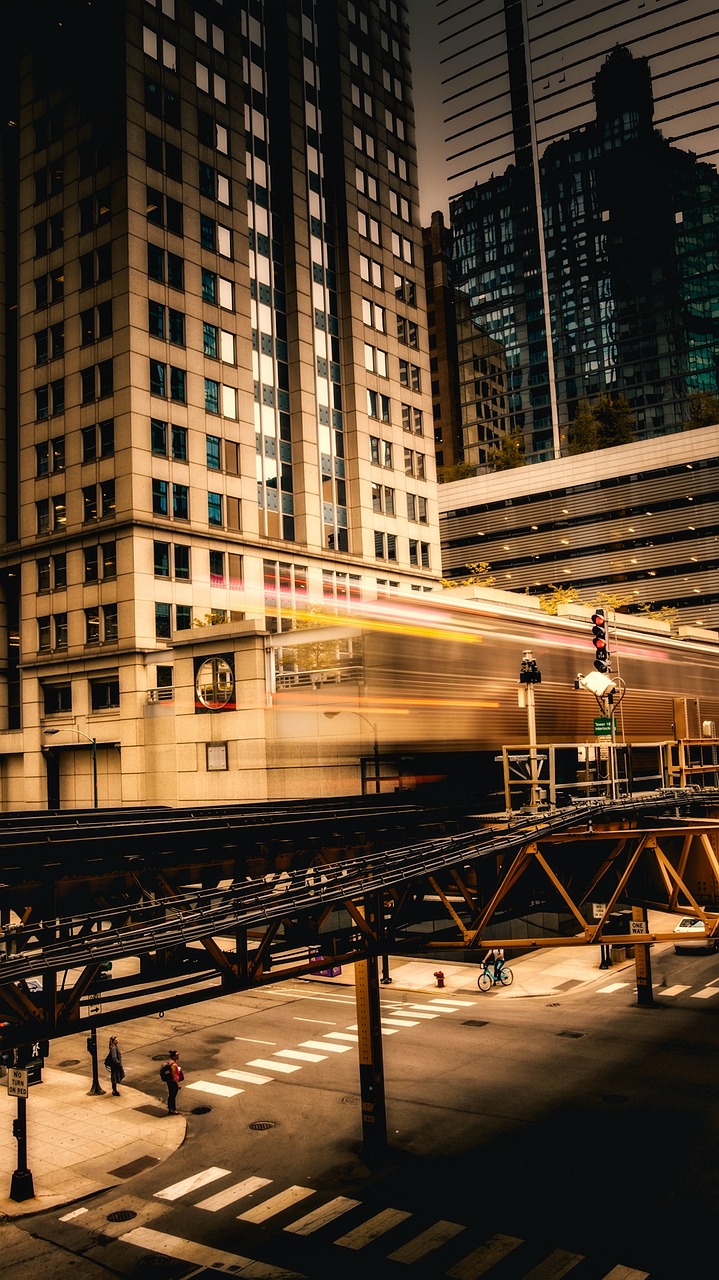
The Art Institute of Chicago
- Established: 1879
- Architect: Shepley, Rutan, and Coolidge
- Collection: Over 300,000 artworks
The Art Institute of Chicago is not only renowned for its extensive collection of artworks but also for its stunning Beaux-Arts architecture. The building features a grand staircase, magnificent halls, and a beautiful bronze lion guarding the entrance. Visitors can explore masterpieces by artists such as Monet, Van Gogh, and Picasso, making it a must-visit destination for art enthusiasts.
Marina City
- Completed: 1964
- Architect: Bertrand Goldberg
- Features: Residential, commercial, and entertainment spaces
Marina City is an iconic mixed-use development that consists of two cylindrical towers located along the Chicago River. These unique buildings were among the first to integrate residential, commercial, and entertainment spaces in a single complex. The towers offer breathtaking views of the city and have become a symbol of Chicago’s architectural innovation.

Chicago Cultural Center
- Opened: 1897
- Architect: Shepley, Rutan, and Coolidge
- Features: Tiffany glass dome, art exhibitions, and performances
The Chicago Cultural Center is a historic landmark known for its stunning architecture and rich cultural offerings. The centerpiece of the building is the breathtaking Tiffany glass dome, which is one of the largest of its kind in the world. The center hosts art exhibitions, performances, and educational programs, making it a hub of creativity and cultural exchange.
John Hancock Center
- Height: 1,506 feet
- Completed: 1969
- Architect: Bruce Graham and Fazlur Rahman Khan
The John Hancock Center is a prominent feature of the Chicago skyline and a testament to modern architecture. This iconic skyscraper is known for its distinctive X-bracing system and its observatory, offering panoramic views of the city. The building houses residential units, offices, and various amenities, making it a dynamic and vibrant part of Chicago’s urban landscape.
The Rookery Building
- Completed: 1888
- Architect: Daniel Burnham and John Root
- Style: Romanesque Revival with modern updates by Frank Lloyd Wright
The Rookery Building is a historic architectural gem that showcases a blend of Romanesque Revival and modern design. Designed by renowned architects Daniel Burnham and John Root, the building underwent a significant renovation by Frank Lloyd Wright, who added his signature light court and staircase. This iconic structure is a testament to Chicago’s architectural heritage.
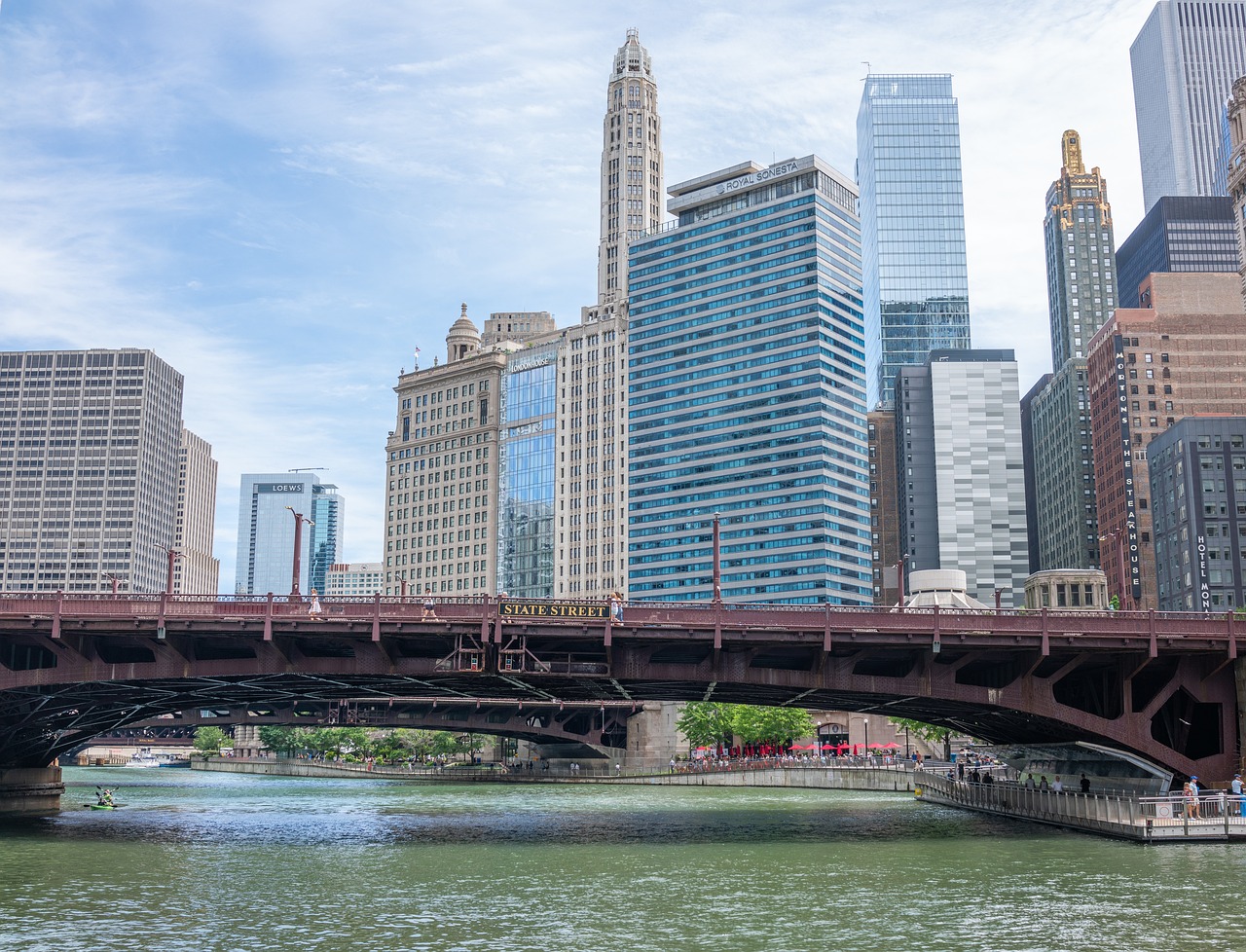
Robie House
- Completed: 1910
- Architect: Frank Lloyd Wright
- Style: Prairie School
The Robie House is a masterpiece of architectural design by Frank Lloyd Wright and one of the most iconic examples of the Prairie School style. This low-slung residence features horizontal lines, overhanging eaves, and an emphasis on natural materials, blending seamlessly with the surrounding landscape. The Robie House is a must-visit for admirers of Wright’s groundbreaking architectural vision.
Chicago Water Tower
- Completed: 1869
- Architect: William W. Boyington
- Style: Castellated Gothic Revival
The Chicago Water Tower is not only an architectural landmark but also a symbol of resilience. It is one of the few buildings that survived the Great Chicago Fire of 1871. The tower’s castellated Gothic Revival style, with its ornate details and towering structure, adds a touch of historical grandeur to the city’s skyline. Today, it houses a gallery showcasing local artists.
Conclusion
Chicago, Illinois is a city that delights architecture enthusiasts with its diverse range of iconic buildings. From soaring skyscrapers to historic landmarks, each structure tells a story and contributes to the unique character of the city. Whether you’re strolling through Millennium Park, exploring the Art Institute, or admiring the breathtaking views from the Willis Tower, Chicago’s architectural wonders are sure to captivate and inspire.
References
- willistower.com
- millenniumpark.org
- artic.edu
- marinacity.org
- chicago.gov
- johnhancockcenterchicago.com
- therookerybuilding.com
- flwright.org
- chicagowatertower.com





